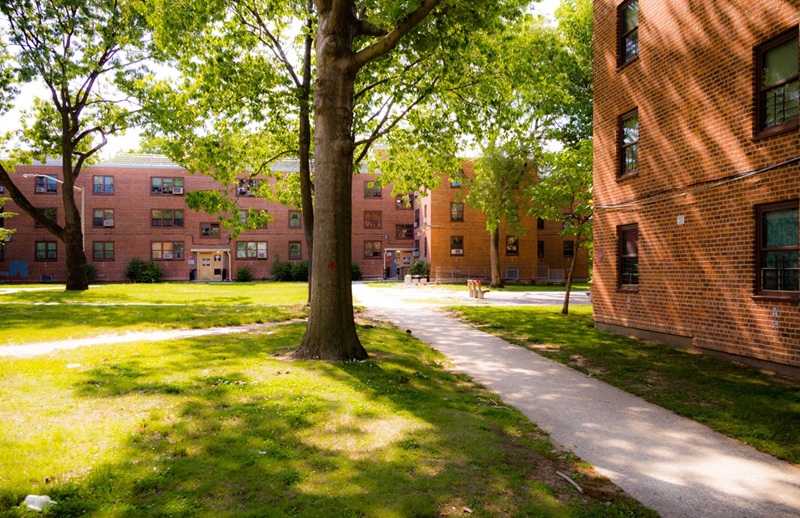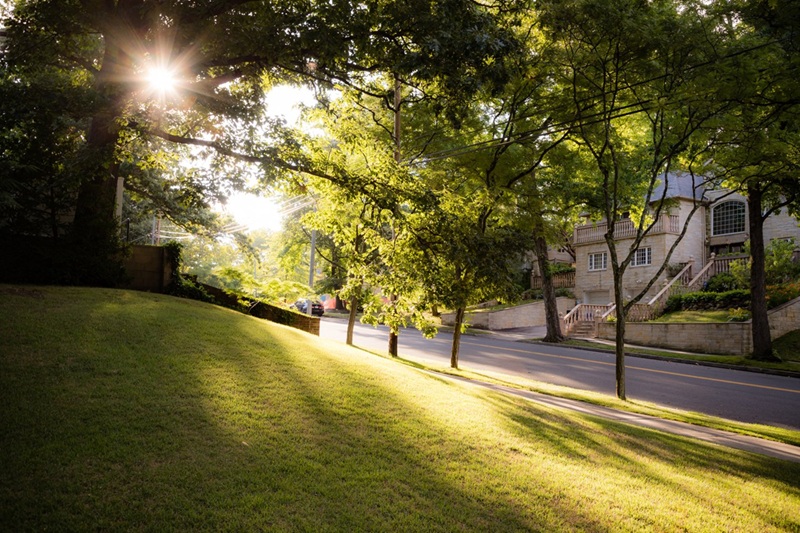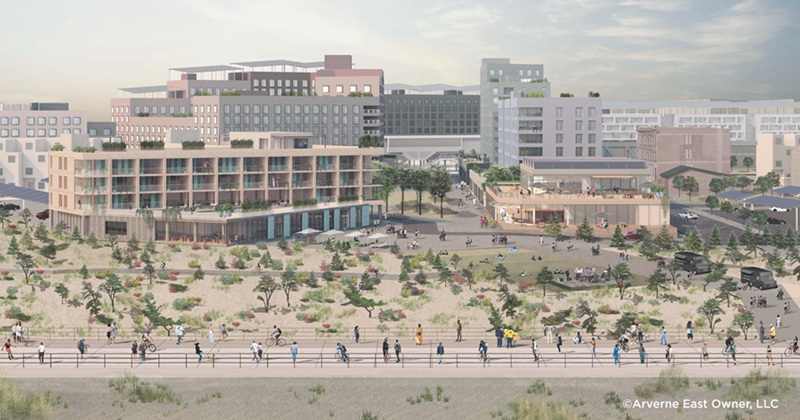
Located in the heart of Queens, New York, Pomonok is a small yet vibrant residential neighborhood that offers its residents a peaceful suburban feel while still being close to the bustling urban environment of New York City. Known for its tree-lined streets, well-established apartment complexes, and the diversity of its population, Pomonok is a hidden gem that combines both convenience and community.
History and Development
Pomonok is a relatively quiet, residential neighborhood that was initially developed in the mid-20th century. Its name is thought to derive from a Native American term, possibly linked to the region’s original settlers. The neighborhood developed as part of the post-World War II housing boom, which saw the construction of many apartment buildings designed to accommodate the influx of middle-class families seeking housing options close to Manhattan.
One of the most significant milestones in Pomonok’s history was the completion of the Pomonok Houses in the 1950s. This public housing complex, operated by the New York City Housing Authority (NYCHA), provided affordable homes for thousands of New Yorkers and remains a core feature of the neighborhood to this day.
Over the years, Pomonok has evolved into a primarily residential area, attracting a diverse population, many of whom have lived in the community for generations. The neighborhood’s character has remained relatively stable, marked by quiet streets, convenient amenities, and a sense of tight-knit community.
Cultural Diversity
Pomonok is a culturally diverse community, with a mixture of ethnicities that reflect the larger trends seen throughout Queens. Historically, the area has been home to Italian and Jewish immigrants, but in recent decades, it has seen an influx of residents from a variety of backgrounds, including Chinese, Middle Eastern, and Caribbean populations.
This diversity is evident in the local businesses, including markets, restaurants, and stores offering a wide range of international products and flavors. Whether it’s a traditional Chinese restaurant, a Caribbean bakery, or a Middle Eastern grocery store, Pomonok’s businesses reflect the community’s rich tapestry of cultures.
Additionally, the neighborhood celebrates a variety of cultural festivals and events, with community members actively participating in local activities, sharing their customs, and celebrating each other’s traditions.
Parks and Green Spaces
Despite being a densely populated urban area, Pomonok boasts access to green spaces that contribute to the neighborhood’s suburban charm. The Pomonok Playground is a central recreational area, providing families with a place for children to play, enjoy sports, or relax. The playground is a focal point for the community and a gathering place for families on weekends.
Nearby, Flushing Meadows-Corona Park, one of the largest and most iconic parks in New York City, offers even more outdoor space with sports fields, picnic areas, and cultural institutions like the Queens Museum and the Unisphere. Flushing Meadows is just a short distance from Pomonok, giving residents easy access to green space and leisure activities.
Transportation and Accessibility
Pomonok is conveniently located with access to various transportation options that make commuting to Manhattan and other parts of the city quick and easy. The neighborhood is serviced by several bus lines, and the Flushing-Main Street subway station (served by the 7 train) is just a few minutes away. This makes it easy for residents to travel into Manhattan or to other neighborhoods within Queens and Brooklyn.
The Long Island Expressway (I-495), which runs near the southern edge of the neighborhood, also provides residents with a quick route to Long Island, while the Van Wyck Expressway offers access to both JFK Airport and the rest of the boroughs. This prime location makes Pomonok highly accessible and desirable for those who want the peace of suburban life with the convenience of city living.
Housing and Real Estate Trends
Pomonok’s housing market is characterized by a variety of apartment complexes, co-ops, and a few detached homes. Much of the residential housing consists of the Pomonok Houses, a large public housing complex that provides affordable living options to low- and middle-income families.
In recent years, there has been some growth in the neighborhood’s real estate market, with developers constructing new residential buildings and renovators updating older structures. The affordability of Pomonok, compared to other neighborhoods in Queens, makes it an attractive option for young professionals and families looking to settle in the area. However, despite the rise in development, Pomonok has retained its small-town feel, with quiet streets and family-friendly neighborhoods.
Education and Community Life
Pomonok is served by several schools within the New York City Department of Education, providing residents with options for both elementary and secondary education. The neighborhood is home to a mix of public schools and nearby private institutions, giving families choices when it comes to their children’s education.
Beyond education, Pomonok has a strong sense of community, with local events and gatherings that bring residents together. The Pomonok Houses, in particular, are home to active community organizations that offer a range of services and programs for residents, from after-school programs to senior citizen activities.
The neighborhood’s quiet residential character also makes it an ideal place for families and individuals seeking a slower-paced lifestyle, while still being close to the vibrancy of urban living.
Conclusion
Pomonok, Queens, may be small in size, but it offers a unique blend of suburban comfort, cultural diversity, and urban accessibility. Whether you’re strolling through its tree-lined streets, visiting a local restaurant, or enjoying time at the nearby parks, Pomonok offers a peaceful respite from the city’s hustle and bustle. The neighborhood’s affordable housing, excellent transportation options, and tight-knit community make it an attractive place for families, young professionals, and retirees alike. Pomonok continues to grow and evolve, but it retains the character and warmth that have defined the area for decades.

